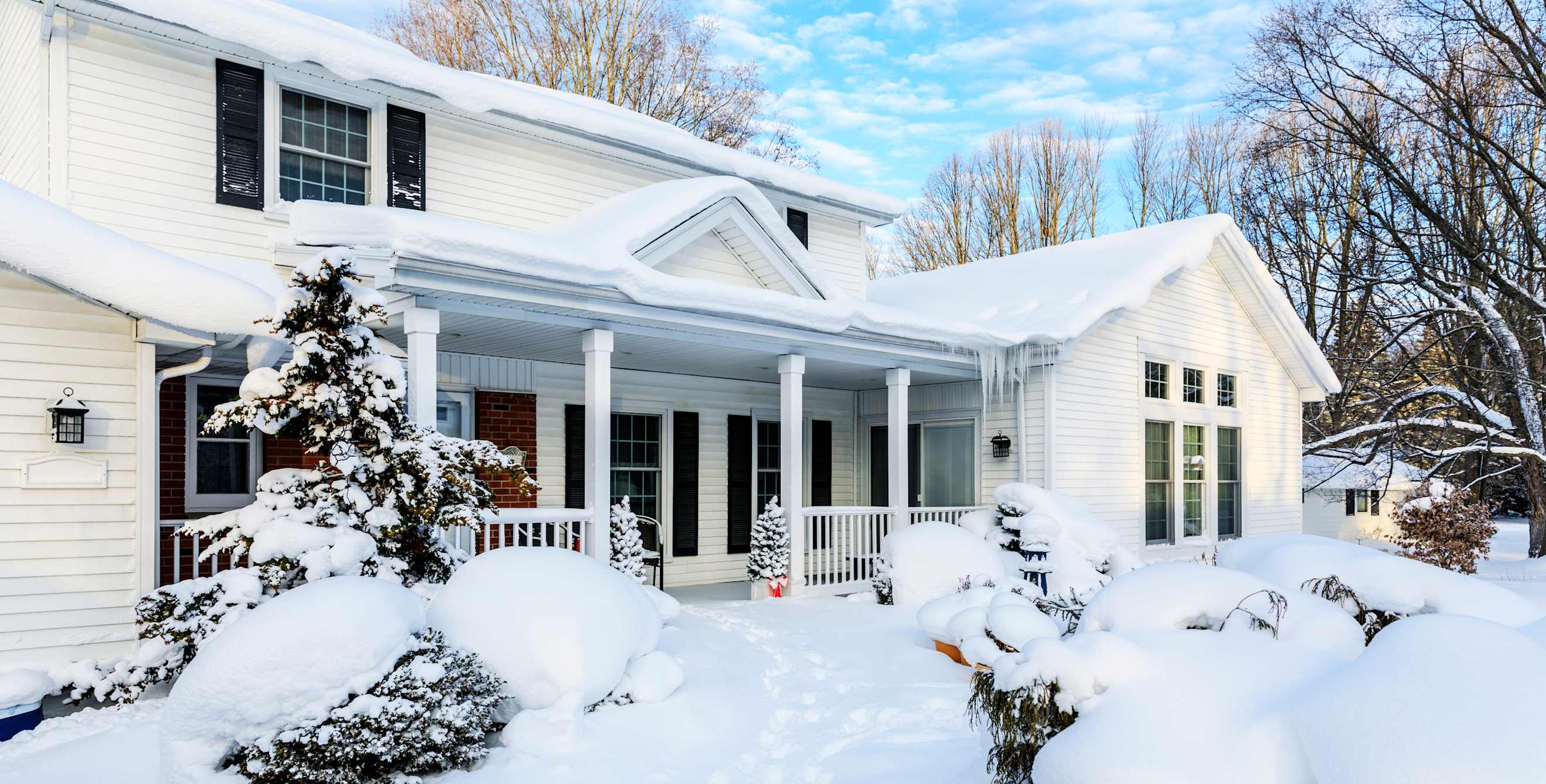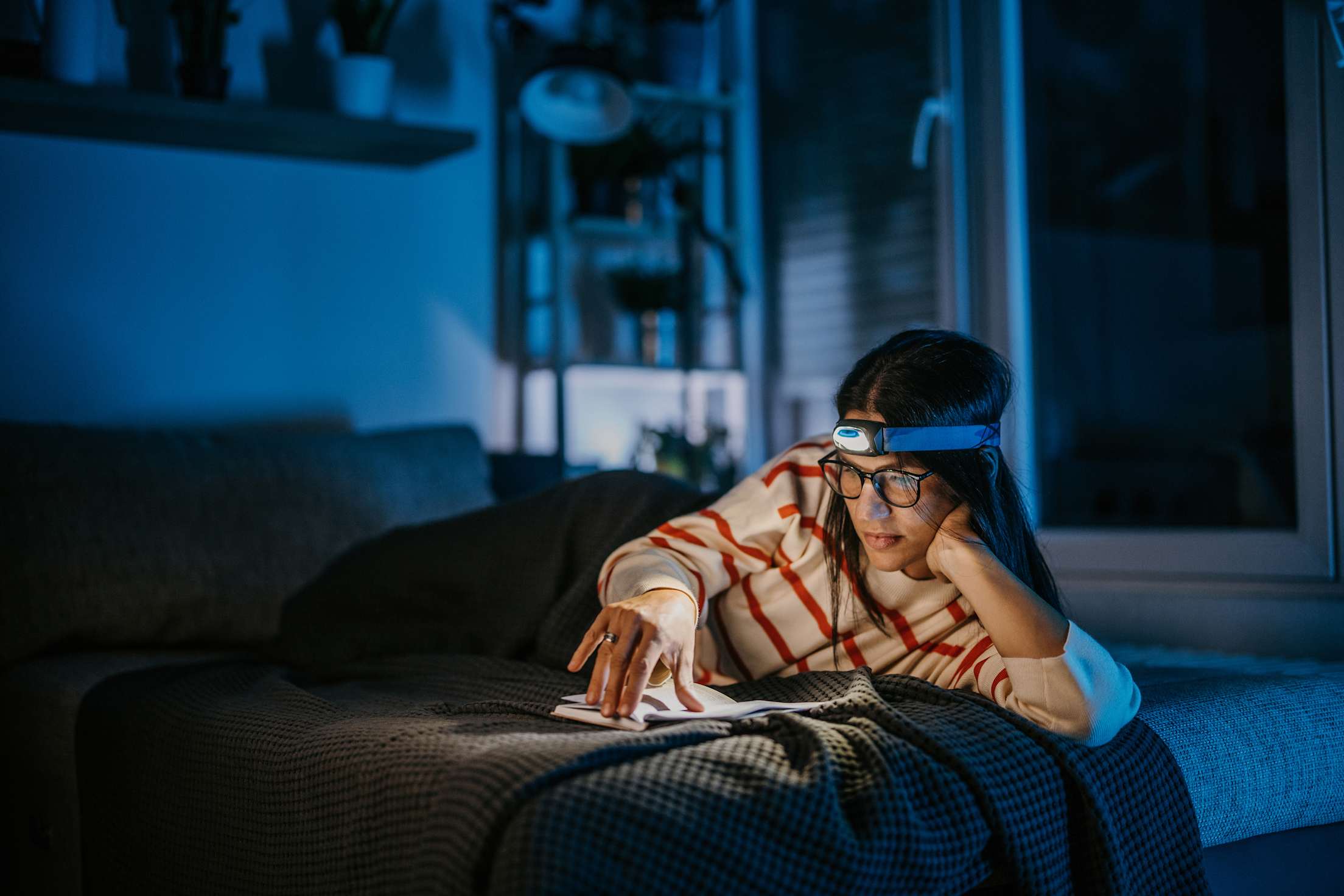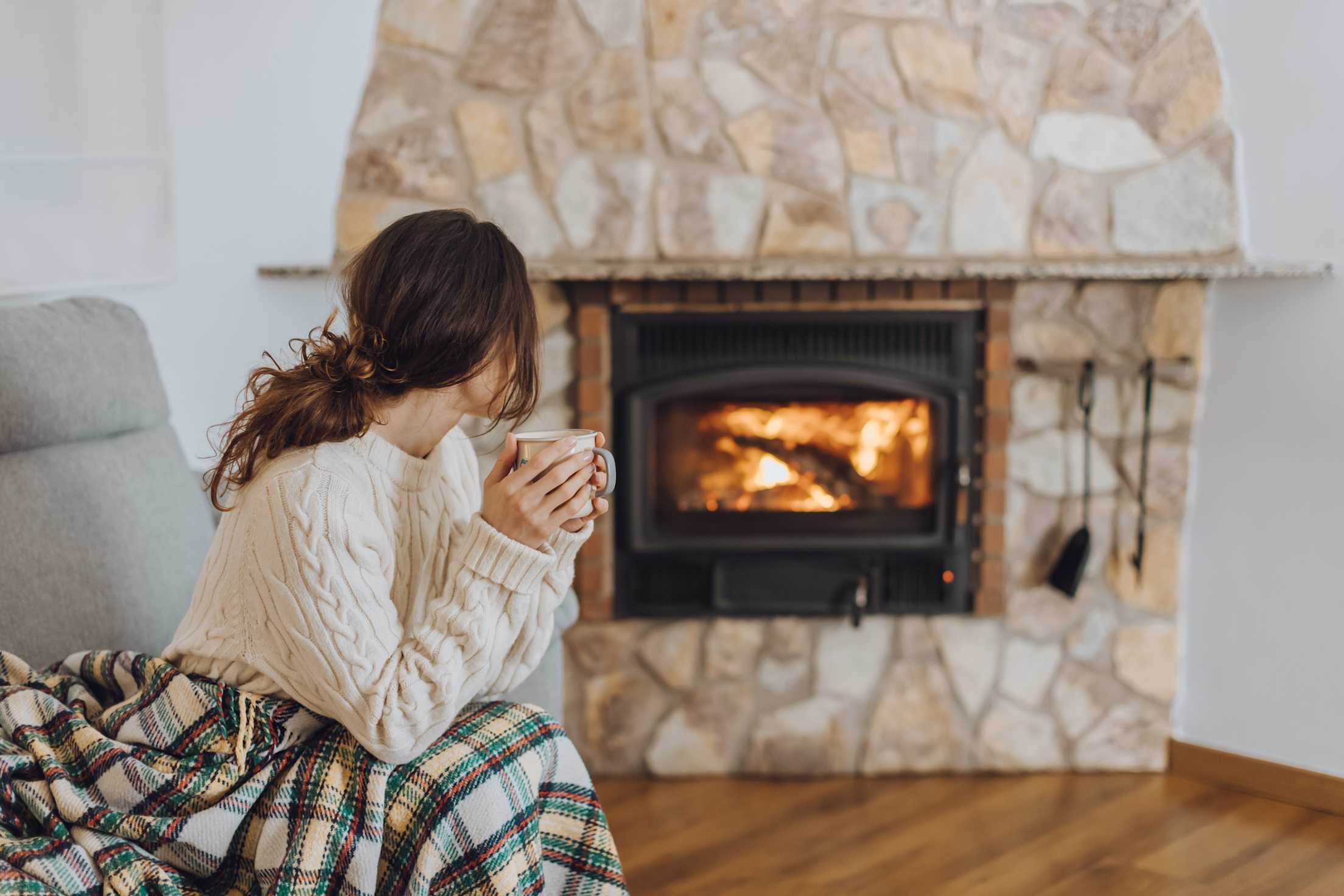
How to Stay Safe and Warm During a Winter Power Outage
Plan ahead so you can weather the outage without harm or discomfort.

When the weather is particularly frightful—with heavy snow, frigid temperatures, or ice storms—the power can go out. And without electricity, the warmth, lights, and other comforts of your home can go away. Here’s what you need to know to prepare and ride out the outage.
Now’s the Time to Plan and Prepare
If you’re in Phoenix, where the low tends to hover around 45°F, or reside in temperate Sacramento, known for its mild winters, winter power outages may not seem like something you have to worry about. But no matter where you live, it’s wise to prepare for a power outage accompanied by low temperatures.
“Weather patterns can change year to year. While you may not have seen winter-weather hazards or cold temperatures recently, that doesn’t mean it couldn’t happen this season,” says Stephanie Fox, national media lead for the American Red Cross.
A prime example is 2021’s Winter Storm Uri, which led to 69 percent of Texans losing power in a state that doesn’t typically experience winter storms.
Fox recommends having a well-stocked emergency kit, a variety of ways to stay informed, and a sense of how to handle a power outage. Plus, always make sure you have a working carbon monoxide meter with battery backup installed in your home.
As part of your planning, “take inventory of what vulnerabilities you may face without access to power and how you’d need to overcome them,” Fox recommends. For instance, if you have pets, your emergency planning may look a bit different from someone in a pet-free home. Others may need access to power for medical equipment. “Whatever your particular situation, ensure your plan takes those things into account,” Fox says.
Make sure you have plenty of warm blankets available, and know where warming centers are located by you. If a power outage is predicted, make sure your car is gassed up or fully charged, and stock up on wood for your fireplace if you have one. Plus, charge all your devices and any portable battery packs you have on hand.

How to Stay Safe During a Power Outage
Your first step during a power outage is to decide if you should stay in your home or leave, Fox says. If the temperature inside is too cold or if you require power for medical equipment, head to a community-provided warming center, she says. You may also be able to take refuge with friends or family who still have power, or at a hotel.
But if you do decide to stay put, here are some steps to take:
- Communicate. Check in with friends and family. “Let people in your network know that you are OK, check to see if they’re OK, and tell each other if you need help,” Fox says. If you can safely do so, check on neighbors in person; you may be able to provide help (like some extra canned goods or a power bank).
- Keep up with the news. Ideally, you’ll have charged your phone and all your portable batteries prior to the outage as part of your planning process. Use your phone to stay up to date on what’s happening and any advice from local officials.
- Unplug almost everything. Go around your home and unplug appliances and electronics, per the American Red Cross. Doing so will help you avoid power overloads and damage from power surges. That said, it’s wise to leave one light plugged in and switched on so you can tell when the power’s back.
- Use flashlights, not candles. Turn to flashlights as a source of light (as opposed to candles) since using candles increases your fire risk. Plus, compared to a flashlight, flickering flames aren’t as good of a light source.
- Keep your food safe. To keep it cold, avoid opening your refrigerator and freezer, Fox says. An unopened, unpowered refrigerator will keep food cold for around four hours, while a full freezer will keep its temperature for two full days. (A less full freezer will still keep items cold for awhile, but not as long as one that’s jam-packed.)
- Use a food thermometer to gauge the temperature inside the fridge, and if you’re unsure if food is safe to eat, throw it out, Fox says. Eat fresh and perishable food (e.g., leftovers from last night) ahead of more long-lasting items, like canned soup, she says.
- Protect yourself from carbon monoxide poisoning. Do not use a gas stovetop or oven to heat your home (more on recommended ways to stay warm below), and only use generators or camp stoves outdoors, at least 20-feet from windows or doors to prevent carbon monoxide from entering your home or your neighbor’s, per FEMA.

Sources of Warmth
When power goes out, it can get cold inside fast. And, if you’re in an area where low temperatures aren’t typical, your home may not be designed to preserve heat.
Fortunately, there are ways to stay warm even when the power is out. First, though, a reminder that you should never use the stove, oven, or grill to heat your home since it can lead to deadly carbon monoxide poisoning, Fox says. Instead, try the following:
- Power your space heater with a generator. If you have these two pieces of equipment, you’re in luck. Just make sure to use them both safely—space heaters should be kept from anything combustible (which includes all sorts of fabric, from carpeting to curtains), and always unplug it when you’re not in the room, Fox says.
- Use your fireplace. If you have a working wood-burning fireplace, use it as a source of heat. Don’t leave a lit fire unattended or burn it overnight while everyone is sleeping.
- Don’t let cold air in. Instead of attempting to warm your whole home, prioritize one room. Not only is this an easier task, but the body heat from the other people and pets in the room will help keep the space warmer. Close the curtains and cover windows and doors with blankets. Doing so helps keep drafts out and reduces heat loss through glass.
- Layer up. Instead of one layer of heavy clothing, opt for many layers of lightweight, warm clothing. You can also put on winter gear—hats, gloves, and scarves—to keep warm.
Whether you own or rent your home, protect your personal property with AAA Insurance.